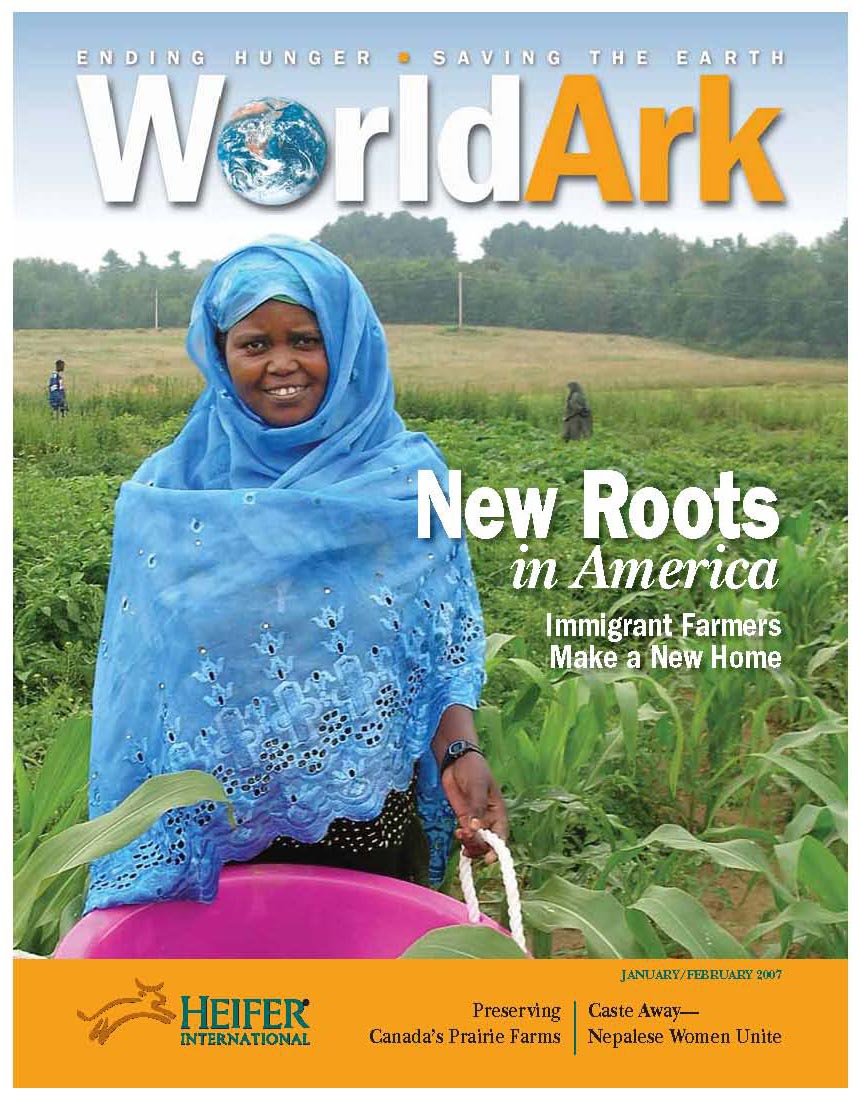Abstract:
The United States has been receiving refugees since the end of World War II. Placement, assimilation and incorporation of refugees are managed by international, national, state, local, and voluntary organizations. In the last decade, refugees from Southeast Asia, Africa, and Eastern Europe have been purposefully re-settled in small and medium sized cities. As a result, new Hmong, Khmer, Bosnian, Sudanese, and Somali enclaves emerged in what some might consider unlikely venues.
In the fall semester of 2007, I researched four refugee food cultivation programs in four emergent immigrant gateways:
Boise, Idaho
Utica, New York
Lewiston, Maine
Lowell, Massachusetts
I wanted to know how and why such programs were spearheaded and how they affected the health and livelihood of participants.
Building on the principles behind horticultural therapy and job training gardens, refugee gardens and agricultural training projects were initiated in the late 90s to help ease the transition from home to host country. I looked at two types of food cultivation programs:
Community garden programs which aim to improve mental health, promote physical activity, increase opportunities for socialization, and build self-confidence among refugees;
and sustainable farm training programs which aim to prepare refugees for independent or cooperative business ventures.
 |
Coverphoto from Heifer International publication |
Website created by Amy Stitely - December 2007
MIT Course 11.308 - Urban Nature and City Design - Professor Anne Spirn